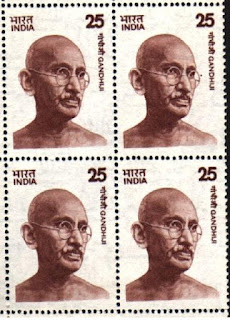The first adhesive postage stamps of Nova Scotia were issued on Sept 1st, 1851. The stamps were diamond shaped and depicted the Crown of Great Britain, surrounded by Heraldic Flowers of the Empire. The design was very similar to the stamps issued by the neighboring colony, New Brunswick. The issues consisted of three denominations: 3p blue, 6p yellow green and 1sh dull violet. In 1853, a 1p stamp was issued featuring the portrait of Queen Victoria, on a similar design, but square. In 1857, the three diamond stamps were reissued, but in distinctly different shades of the same color. Beginning in 1854, bisecting Nova Scotia stamps were allowed, especially to accommodate a new 7-1/2 pence rate to England.
On Jan 1st, 1860 Nova Scotia switched to a decimal currency, using dollars and cents and in Oct, 1860, stamps were issued in Nova Scotia to accommodate the new currency. Five different denominations, 1c, 5c, 8-1/2c, 10c and 12-1/2c were printed on two different portrait designs of Queen Victoria, one profile and one full face. In May, 1863, an additional 2c value was printed to accommodate a new local postal rate. Minor varieties exist, and the most common to collect are stamps on white paper, and toned paper. Horizontal pairs, not perforated between are also known.
The stamp of Nova Scotia were gradually replaced by the stamps of Canada after Nova Scotia became part of the Confederation on July 1, 1867. With the exception of the 5c denomination, remainders of unused Nova Scotia stamps were sold by the government to collectors, in February of 1895












